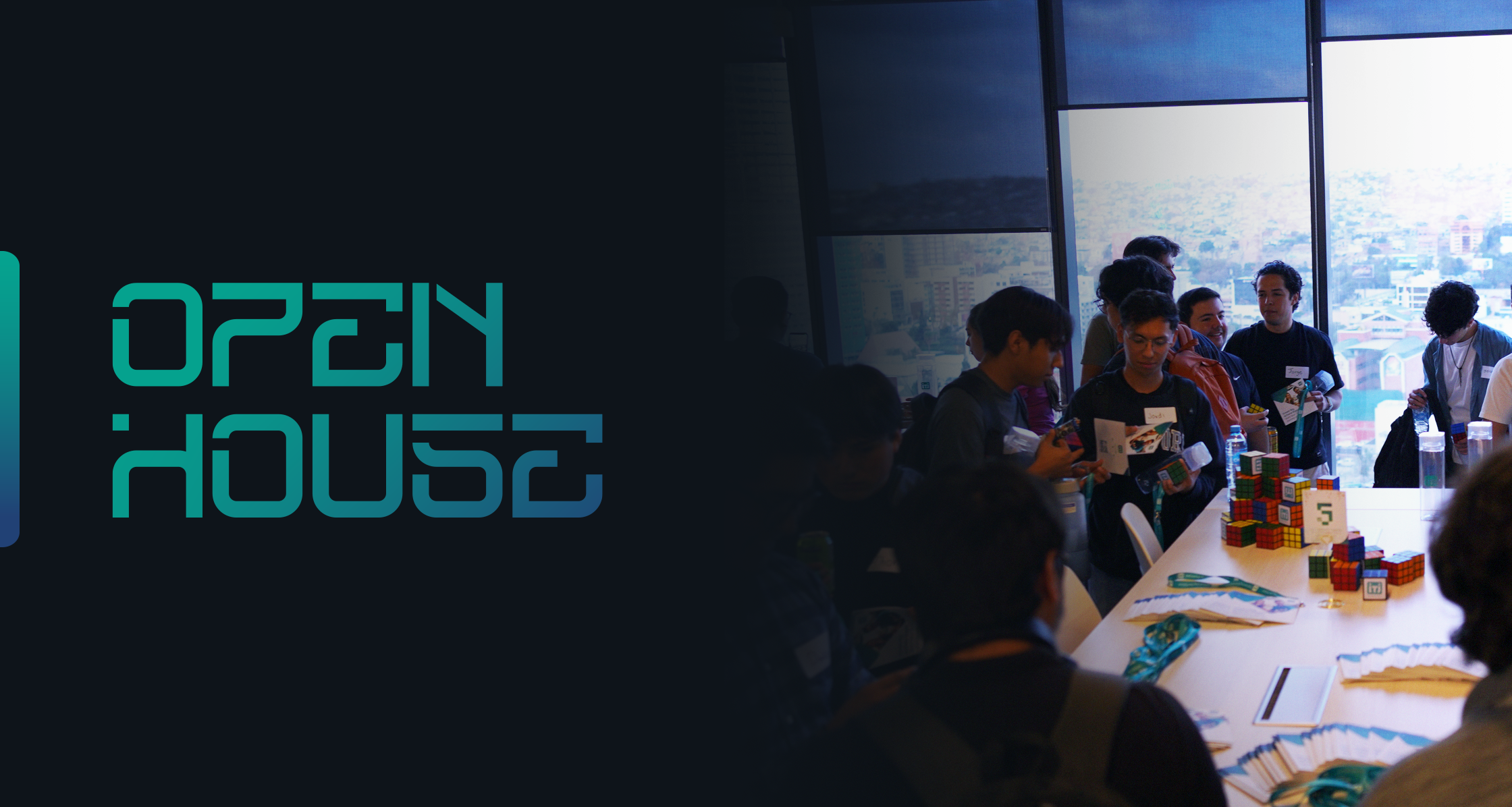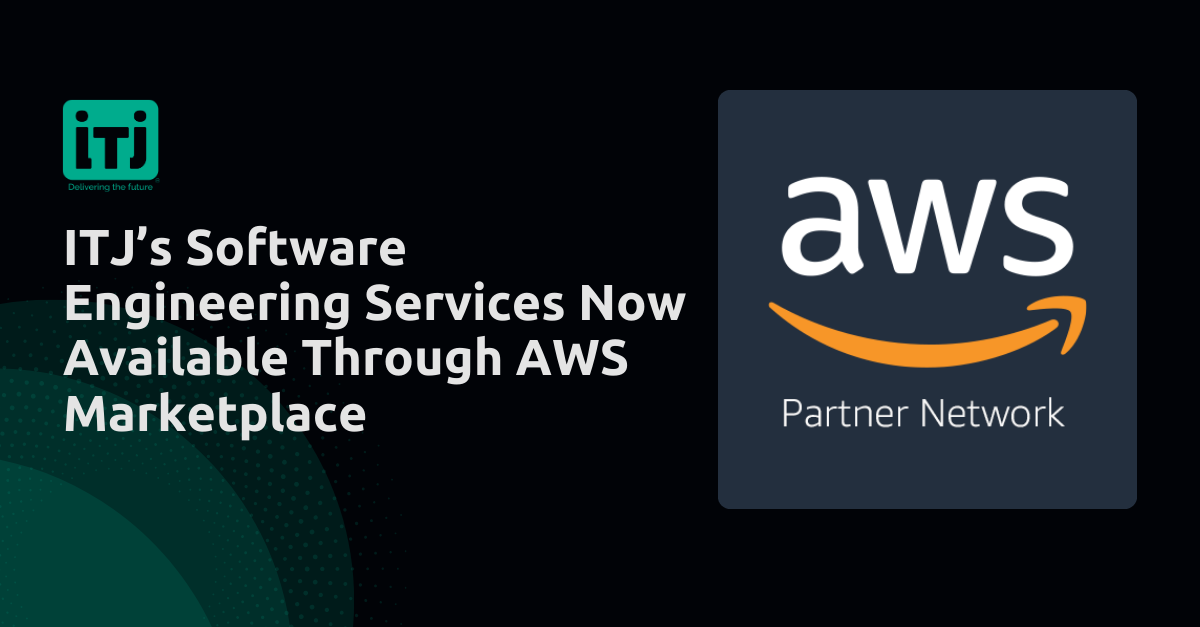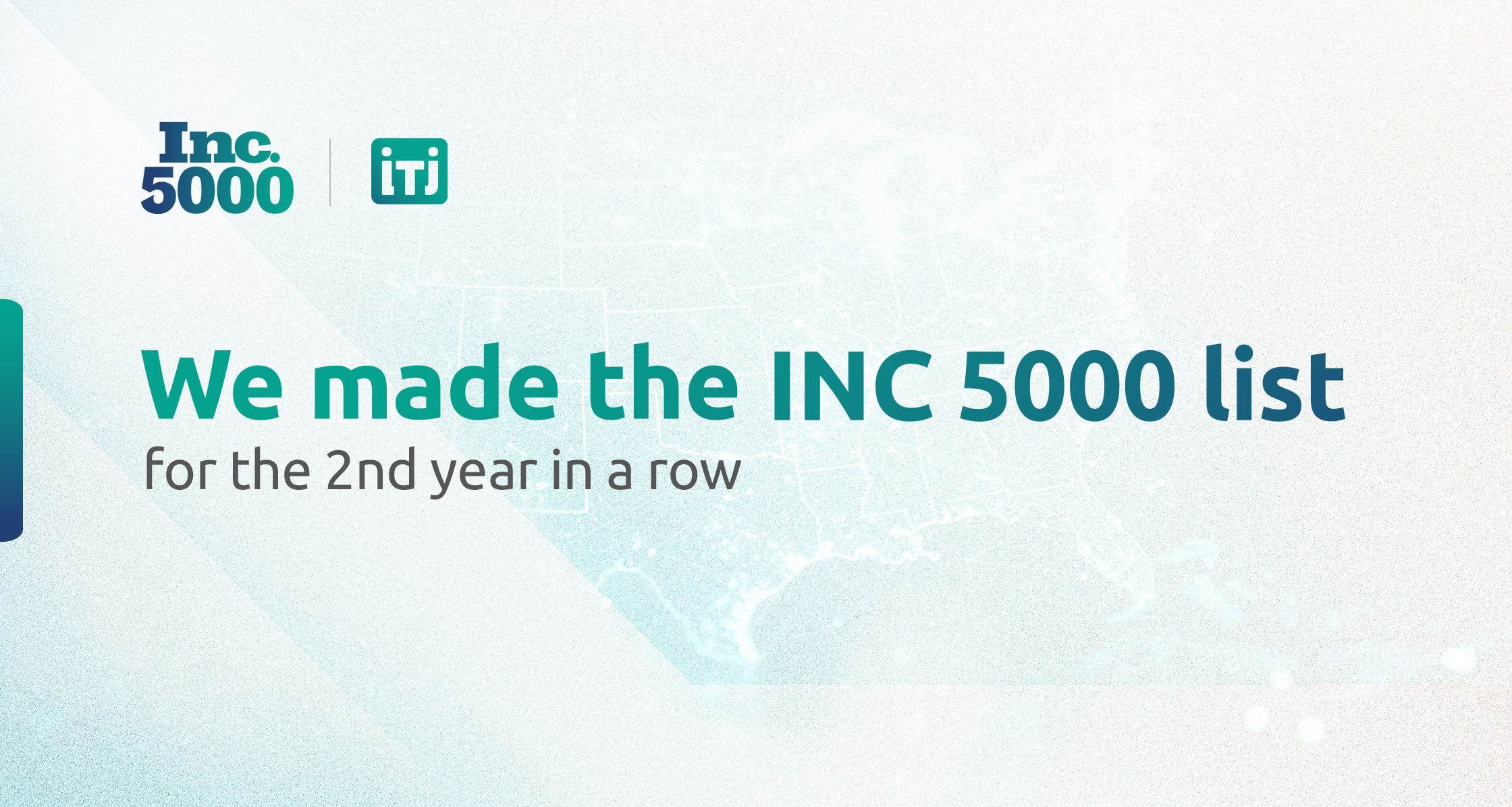At ITJ, we believe that innovation starts with our people. This core belief was on full display at our recent Exclusive Tech Open House event held in Tijuana. The event brought together 80+ talented techies from all around Tijuana, industry experts, and special guests to showcase the work we’re doing to harness cutting-edge technology for real-world impact of cancer eradication.
A Glimpse into Our Innovation Hub
The open house wasn’t just about showing off our latest projects—it was an opportunity for us to pull back the curtain on how our talented engineers, developers, and creative teams are pushing the boundaries of what’s possible in tech innovation for the medical device and Life Sciences industry. With our headquarters located in Tijuana, a thriving tech hub in the Cali Baja region, we take pride in being at the center of an exciting cross-border collaboration. Our work reflects the fusion of diverse talent, perspectives, and skills that define the region.
What We Showcased
Throughout the event, we demonstrated several exciting projects, from groundbreaking AI applications and advanced software development to digital solutions that are transforming industries. Our guests had the chance to interact with our teams and see first-hand the impact of our work in sectors such as healthcare, finance, manufacturing, and more.
One of the highlights was our presentation on how we’re leveraging the newest tech developments to help people fighting cancer with innovations in code for medical devices and enhancing patient care through data-driven insights that empower healthcare providers to make informed decisions and improve treatment outcomes. Whether it’s streamlining operations or developing new digital experiences, our approach to software development is focused on delivering measurable value to our clients.
Behind the Scenes: Meet Our Team
A big part of what made this event special was the opportunity for guests to meet the incredible people behind our innovations. Our team members shared their insights into the creative process, collaboration, and the strategies they use to overcome challenges and deliver cutting-edge solutions in the Life Sciences sector in the US.
Attendees heard directly from our senior leadership about the company’s vision for the future and how we’re planning to continue expanding our presence in Tijuana and beyond. We’re not only building a strong tech community but also creating pathways for talent development in the region.
Why Tijuana?
Tijuana’s strategic location in the Cali Baja region has made it an emerging powerhouse in technology and innovation. As a gateway between Mexico and the U.S., Tijuana provides us with access to a diverse talent pool and fosters a culture of collaboration that fuels our creativity.
By hosting this open house in Tijuana, we aimed to highlight the city’s growing influence in the global tech scene and our commitment to nurturing local talent. We firmly believe that innovation doesn’t happen in isolation; it thrives when diverse minds come together to solve complex problems.
Looking Ahead
The Exclusive Open House wasn’t just an event to showcase our current projects—it was a preview of where we’re heading. Our goal is to continue pushing the boundaries of technology and to make a tangible impact across industries: Help to improve people’s lives.
As we look to the future, we remain committed to our mission of transforming ideas into real-world solutions. We’re excited to continue building on the momentum from this event, strengthening our partnerships, and developing even more innovative solutions for the challenges of Life Sciences tomorrow.
Are you an aspiring tech expert and want to make a difference in the Life Sciences industry for cancer eradication with your work? Check out our newest open positions in our talent development platform miCoach, and apply today!
If you missed the event, don’t worry—this is just the beginning. Stay tuned for more updates and exciting news about how we’re shaping the future of technology in Tijuana and beyond.
About ITJ
ITJ is devoted to serving fast-growing and high-value market sectors, particularly the Internet of Medical Things (IoMT), working with innovative medical device companies looking to improve people’s lives. With a unique BOT (build, operate, and transfer) model that sources only the best digital talent available, ITJ enables companies in the US to create technology centers of excellence in Mexico. For more information, visit www.itj.com.


